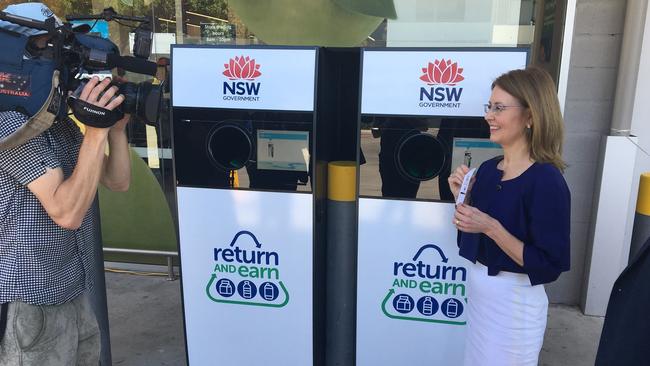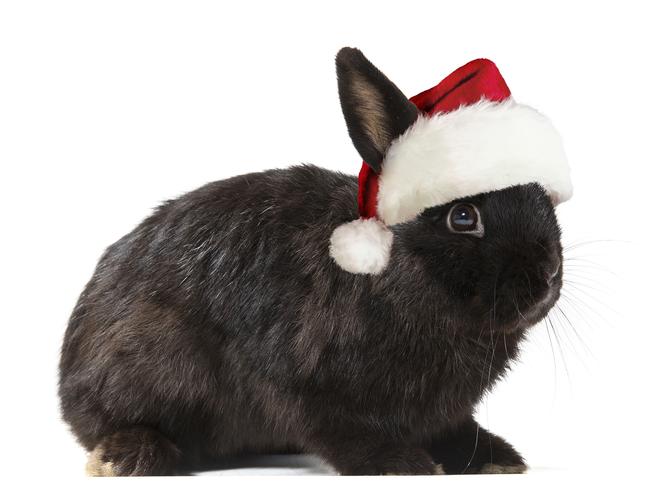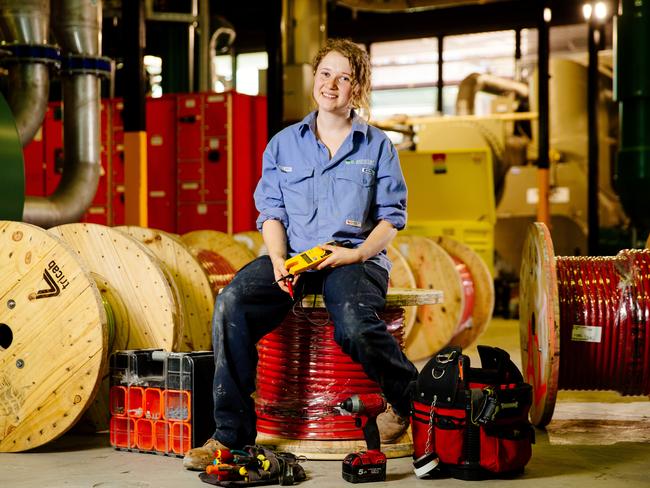Editorial: Can of worms a load of rubbish
There are some ideas so daft only a government could cook them up. Such as NSW’s new container deposit scheme.

Opinion
Don't miss out on the headlines from Opinion. Followed categories will be added to My News.
THERE are some ideas so daft only a government could cook them up. Such as attempting to reduce litter and help the environment by raising the price of beverages in cans and bottles, charging manufacturers huge upfront fees so onerous some have required emergency loans, and promising consumers the chance to get half the extra money they are paying back — but only if they stop using their kerbside recycling bins and store their empties at home until they get around to taking them to a collection point that may or may not even exist.
NSW is now into the second week of its container deposit scheme, a hangover from the days of Mike Baird’s government. By any analysis, it is not going well. Just how poorly the scheme is performing is evident in numbers obtained by The Saturday Telegraph. Over the first month of what the state is calling “return and earn” — though given that any money residents get back originally belonged to them, it’s a bit like saying that one “earns” a tax refund — NSW predicted that 194.5 million containers would be returned and 10 cents paid back on each. The reality is far from this, with only an estimated eight million containers expected to be returned over this period.
The economics of the scheme are even worse for consumers, who are in effect being forced to pay an extra tax on their beverages. While drinks companies will have passed on $53 million to consumers over the first month of the scheme, consumers will only wind up being refunded $885,000.
And of course there is the vexed issue of where people can even return their empty drinks containers — assuming they want to take the time out of their hectic and busy lives to get back a few bucks.
The government promised 500 collection points and 800 machines to collect empties, but so far there are just 273 collection points and 45 machines across the state.
All in all, it is hard not to be deeply cynical about what looks increasingly like a tax grab dressed up as an environmental measure that has become nothing but a big, bureaucratic bungle. It is hard to fathom what the government had in mind when it pressed on with the program when so many alarm bells were ringing in the weeks before its rollout. These numbers only reinforce the fact that this recycling scheme is garbage.
HAVE A VERY FURRY CHRISTMAS
We hear it every year: a pet is for life, not just for Christmas. But for those willing to make a lifelong commitment to bring a dog or cat or even rabbit into their lives, why not give the breeders and pet stores a miss and take home a stray?

The 12 Strays of Christmas campaign, launched by the no-kill animal shelter Sydney Dogs and Cats Home, aims to raise awareness of rescue animals looking for forever — or should that be fur-ever? — homes not just this holiday season but all year round. If you’re thinking of acquiring a pet this holiday season, why not one that is also looking for the gift of a new family?
JOBS FOR BRIGHT SPARKS
Forget university. Trade school is where it’s at. While university graduates struggle to find employment, skilled trades jobs are going begging — and there’s opportunity there for young people looking to build their futures.
As The Saturday Telegraph reports, the biggest infrastructure boom in NSW is at risk, all for a lack of qualified tradies. And that means, for the ambitious, big money to be earned.
Sydney businesses have only managed to fill 60 per cent of general electrician jobs — despite starting salaries as high as $91,000. It’s the same story in other trades, where everyone from bricklayers to plumbers is in high demand and able to command top dollar.

Nor is the situation likely to abate soon given the number of projects in the pipeline for NSW.
Which adds up to bright prospects for trade school graduations: almost all prospective sparkies who complete a National Electrical Communications Association apprenticeship find work within three months, compared with two-thirds of university graduates.
Useful degrees, low debt and high employment prospects should entice more than a few young people to these much-needed trades.
